Le Royaume-Uni serait l’un des pays les plus dépourvus de nature sauvage au monde. Le maire de Londres vient tout juste d’annoncer qu’un couple de castors sera bientôt réintroduit dans l’ouest de la ville. Mais quelles sont les chances de succès de ce genre d’opérations de rewilding ? Des chercheurs nous apportent quelques réponses.
Research and publish the best content.
Get Started for FREE
Sign up with Facebook Sign up with X
I don't have a Facebook or a X account
Already have an account: Login
Revue de presse et du net par le Pôle de partage des connaissances S&T de l'Office français de la biodiversité
Curated by
DocBiodiv
 Your new post is loading... Your new post is loading...
 Your new post is loading... Your new post is loading...
|
|




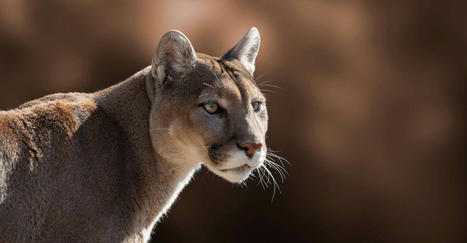





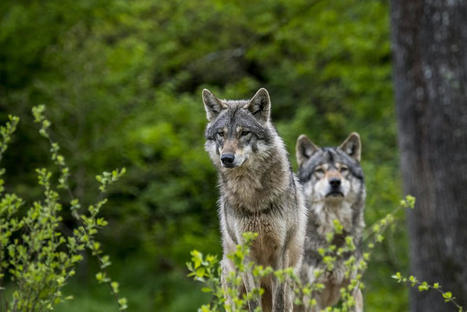
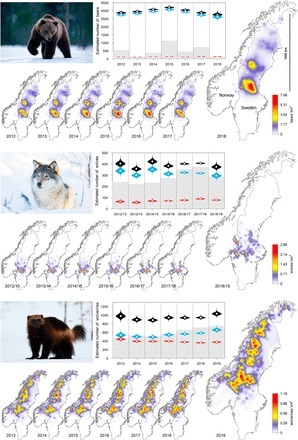


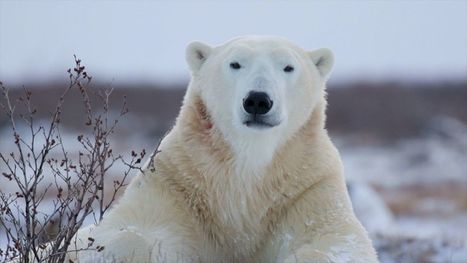
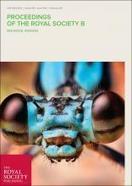
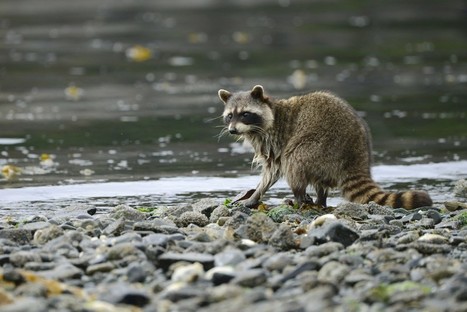





Seth Thomas, Vincent van der Merwe, William Douglas Carvalho, & al. Evaluating the performance of conservation translocations in large carnivores across the world, Biological Conservation, Vol 279, 2023,109909, https://doi.org/10.1016/j.biocon.2023.109909.
Abstract: Globally, fragmented landscapes and other anthropogenic pressures are causing declines in large carnivore populations. Conservation organizations are working to counteract these trends through the translocations of large carnivores, for example by reintroducing them to their historic ranges or by reinforcing existing populations to promote gene flow and resilience. via @UniofOxford